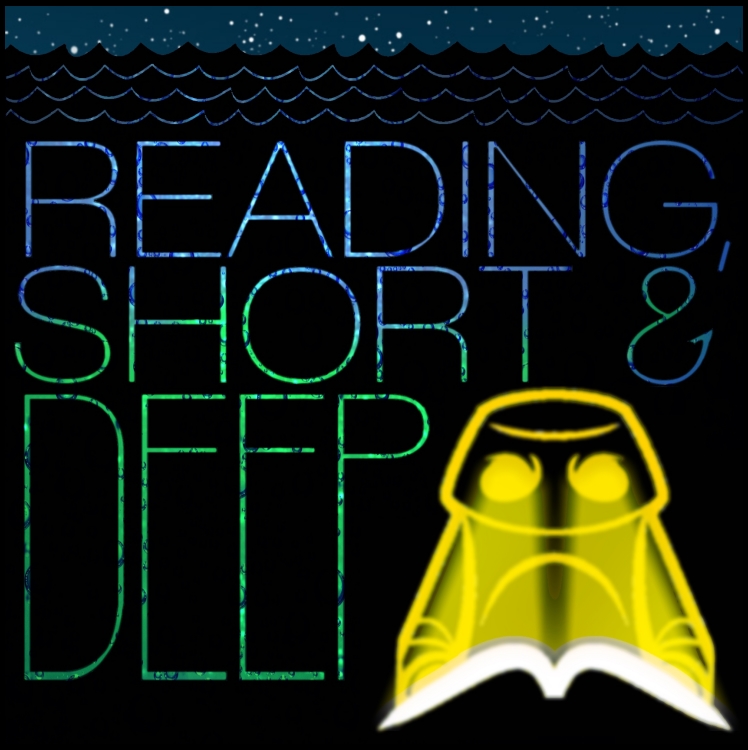
Reading, Short And Deep #425
Eric S. Rabkin and Jesse Willis discuss The One Who Waits by Ray Bradbury
Here’s a link to a |PDF|.
The One Who Waits was first published in The Arkham Sampler, Summer 1949.
Posted by Scott D. Danielson Become a Patron!

Reading, Short And Deep #425
Eric S. Rabkin and Jesse Willis discuss The One Who Waits by Ray Bradbury
Here’s a link to a |PDF|.
The One Who Waits was first published in The Arkham Sampler, Summer 1949.
Posted by Scott D. Danielson Become a Patron!


An alien being is found frozen in the ice of Antarctica. When it is thawed, it awakens, to become a threat to the small base camp. In fact, it’s a threat to all life on earth, as it can change shape and absorb the life and bodies of every living thing it comes in contact with.
Though the original story of Who Goes There?, by John W. Campbell, has been adapted to film four times there have also been radio and audio drama adaptations.
The first was for a 1950s series entitled Exploring Tomorrow, hosted by Campbell himself, it was broadcast under the title “The Escape” – unfortunately it is a “lost” episode of that series. No recordings are known to exist.
Next, and arguably the best adaptation, is the 2002 version for the BBC Radio 4 series Chillers. Adapted by Mike Walker, it is faithful to the story except for making the Antarctic expedition British. |MP3|
A 2012 adaptation, for an aborted series called “Must Be Nice“, was adapted by Clay Dugger. It is rough, an amateur production, but not wholly unlistenable. |MP3|
The 2013 Suspense (revival) adaptation is by John C. Alsedek and Dana Perry-Hayes. It is very, very good, but bear in mind it may be too frightening to listen to at night:
Below, and at the top of the post, are the original illustrations accompanying the story’s first publication in Astounding Science Fiction, August 1938:
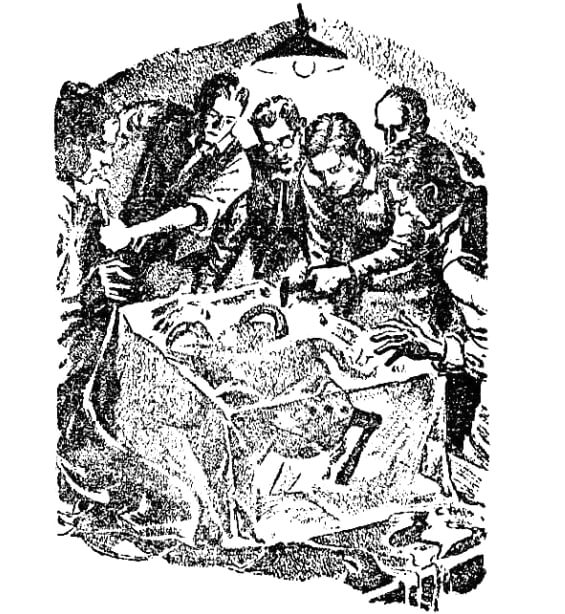
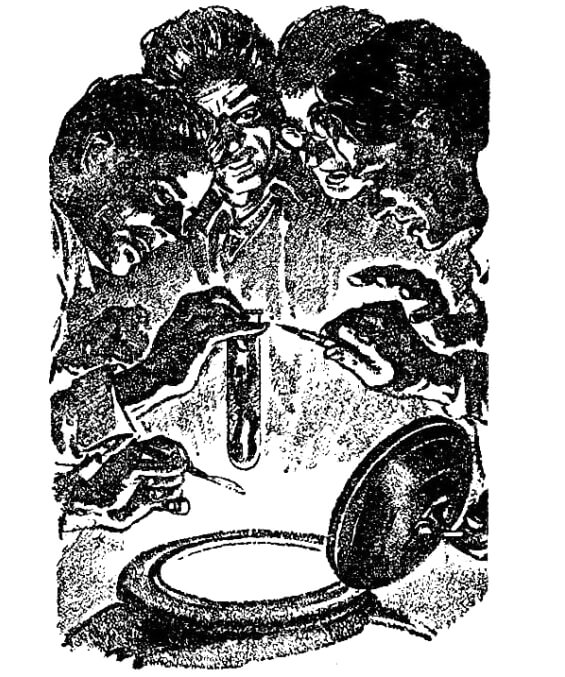

Posted by Jesse Willis

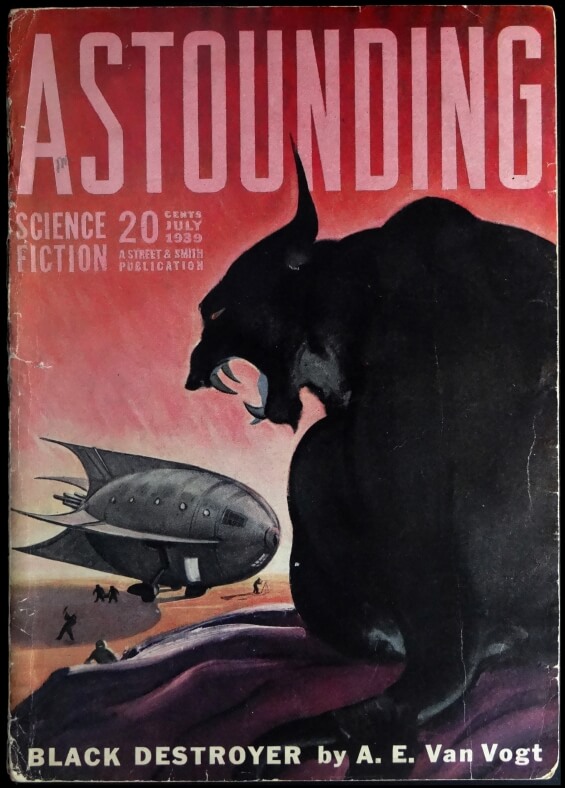
“‘It was history, honorable Mr. Smith, our knowledge of history that defeated him,’ said the Japanese archaeologist, reverting to the ancient politeness of his race.”
-A.E. van Vogt’s Black Destroyer (Astounding Science Fiction, July 1939)
Ridley Scott’s Alien (1979) takes inspiration from a number of sources. The oldest direct literary allusion is to Joseph Conrad’s 1904 novel Nostromo. Nostromo, beside being the book’s title, is also the name of the novel’s protagonist and the name of the ship in Alien. Conrad’s novel is set in a fictional South American nation of Costaguana and in it’s seaport town of Sulaco, the name of the ship in Aliens.
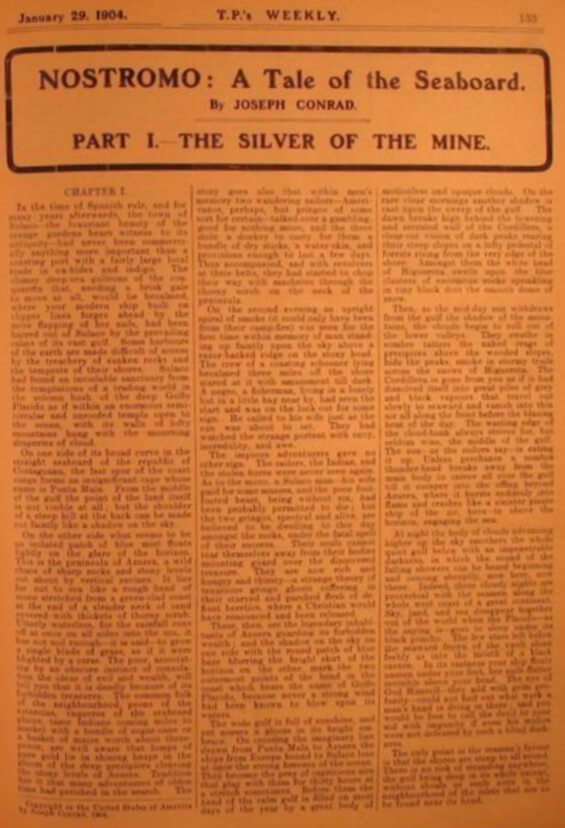
In the novel Nostromo is an Italian seaman, a trusty capataz de los cargadores, a hyper-competent, but resentful, head longshoreman, and an employee of the Oceanic Steam Navigation Company (perhaps hence forth to be named either “the company” or Weyland-Yutani). Having settled in the seaside town “Sulaco” he has established himself as an the indispensable man.
The crew of the Nostromo, in Alien, act much more like longshoremen than they do sailors – though I note that they are more commonly referred to as long haul trucker types*. But, given all the union shop talk, the bonuses, and all the loading and unloading equipment all over their ship (all those chains hanging down, remember?) and also Ripley’s later work with power loaders in the sequel, Aliens, the comparison to longshoremen is more apt. Moreover, the ship in Alien is named “Nostromo” and is a commercial mining ship.
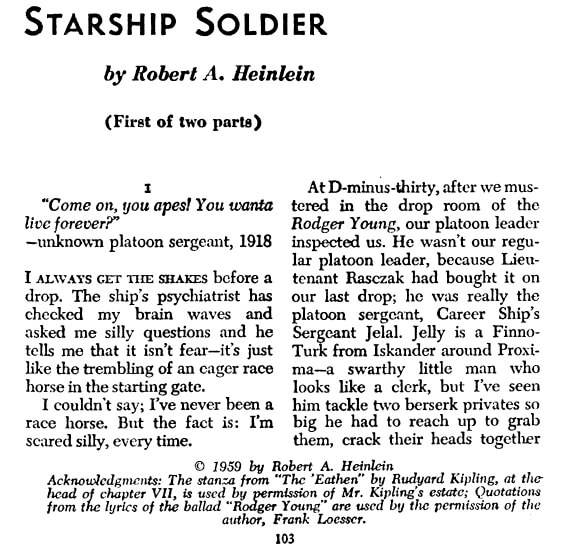
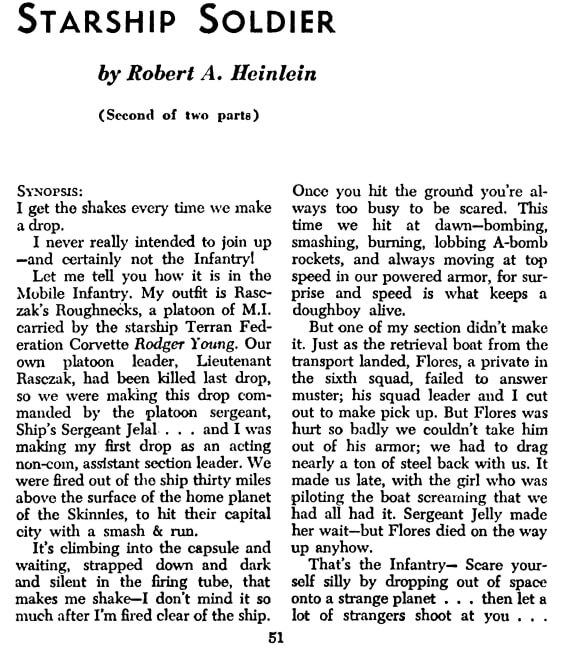
James Cameron’s Aliens (1986) is mostly inspired by Alien (1979), having approximately the same recipe and relationship that Terminator 2 (1991) has to The Terminator (1984), yet Cameron still acknowledges the inspiration of Robert A. Heinlein’s novel, Starship Troopers (firrst published as “Starship Solider“). And, you can totally see it – what with the “combat drops” and the “bug hunts” and the power armor (powered exoskeletons).
Finally, and I posted about this back in 2012, there is a massive inspiration for the alien of Alien coming from a 1939 novelette by A.E. van Vogt, Black Destroyer. That story is told from the perspective of the intelligent alien animal. Here’s the art for it from the original publication:
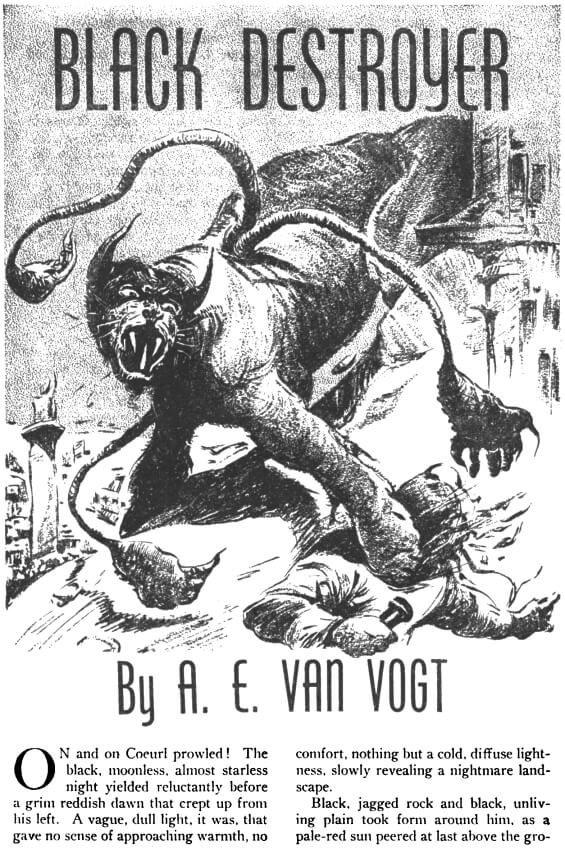
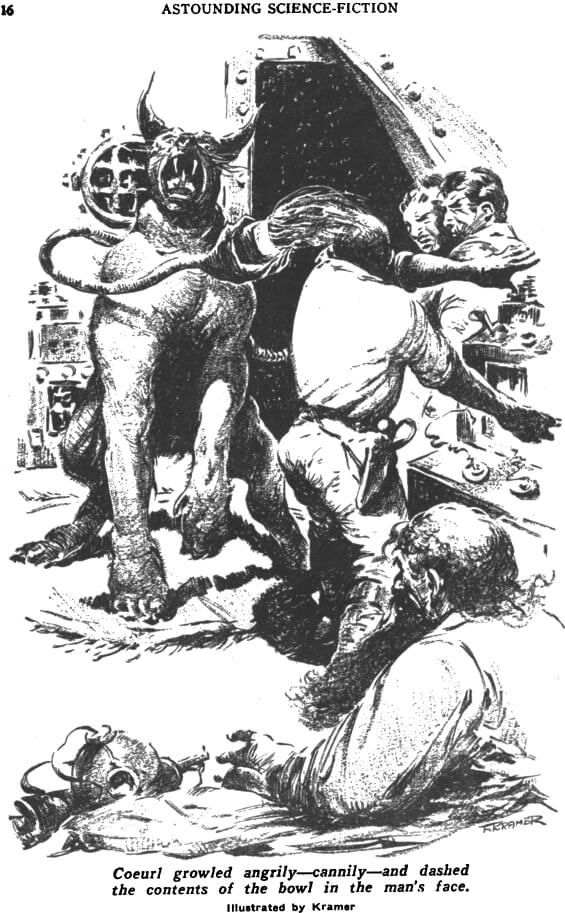
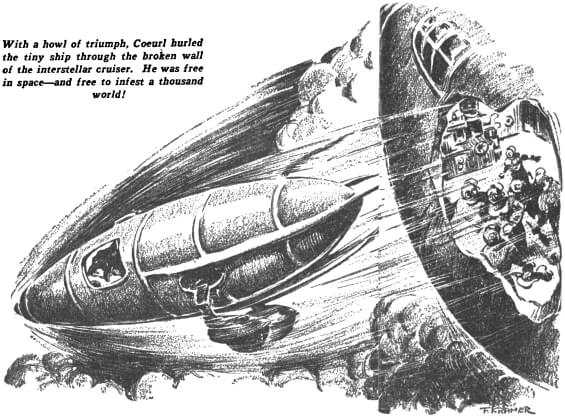
More on Black Destroyer can be found here:
Newest to me, and perhaps least known [thanks to Chris for the pointer], is the fact that A.E. van Vogt’s second story in Astounding (December 1939), also influenced Alien. The story is entitled, Discord In Scarlet.
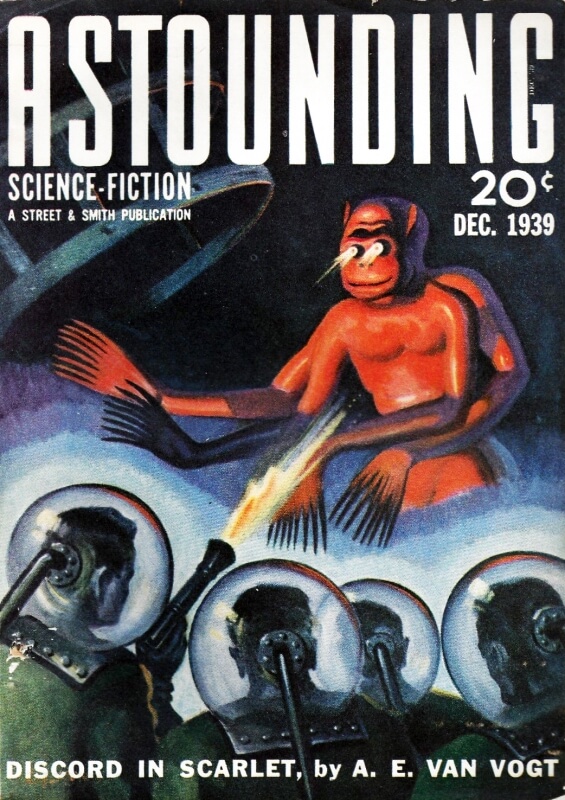
Again the cover story, Discord In Scarlet featured another alien horror attacking a crew of humans, but this one doesn’t so much look like the alien from Aliens as it does act like it – specifically it has the ability to plant its eggs in men for reproductive purposes. I’ve highlighted a gruesome passage here:
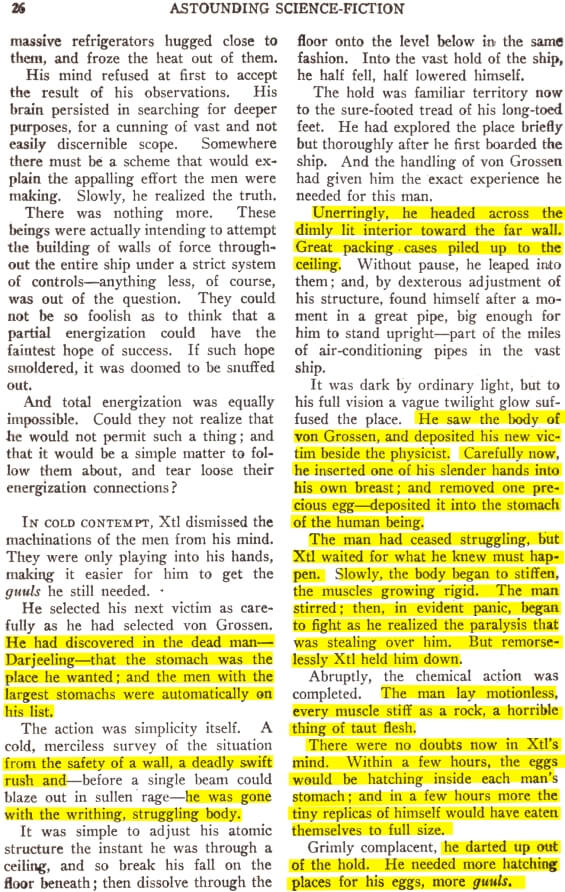
Also evocative, is the interior art for the story, two of the illustrations use some colour (rather rare for Astounding):
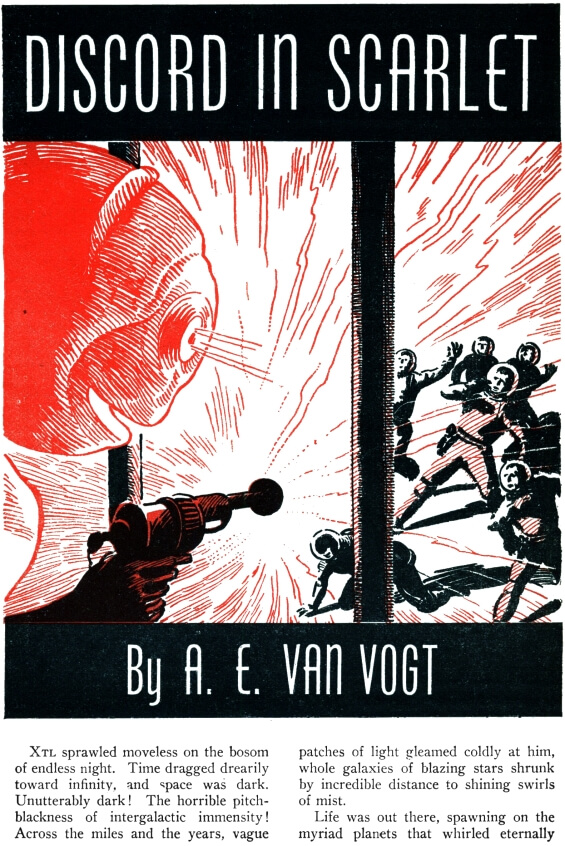
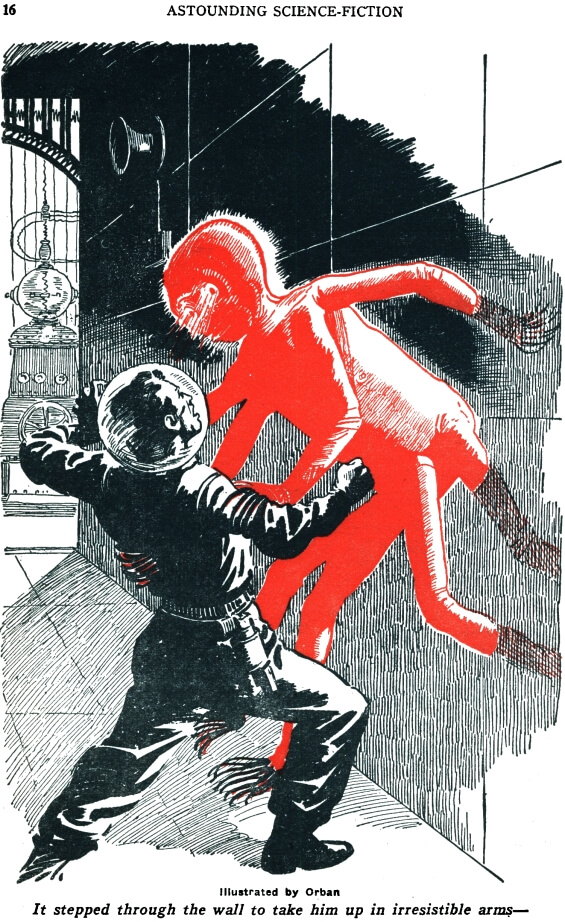
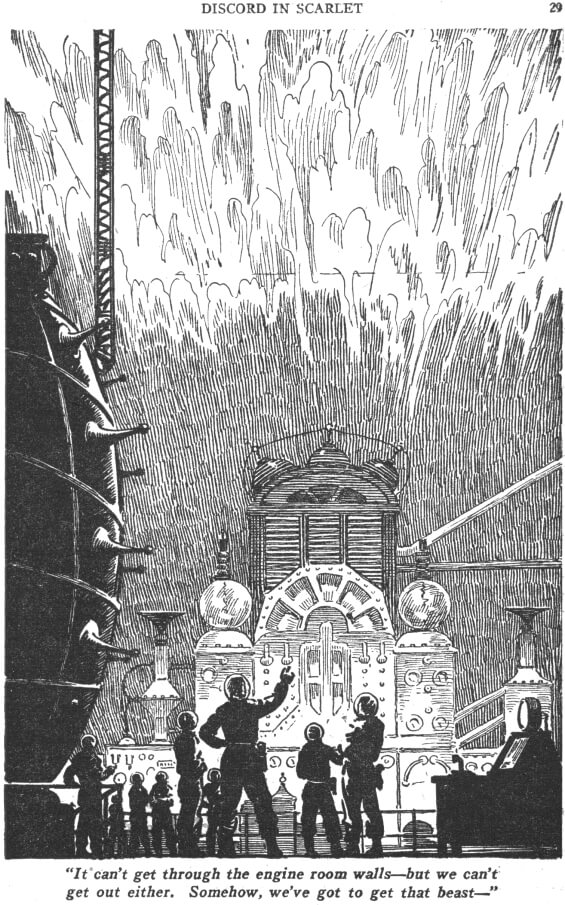
Both Black Destroyer and Discord In Scarlet were incorporated, with some revisions, into van Vogt’s fix-up novel The Voyage Of The Space Beagle.
Posted by Jesse Willis
*there is a D-grade movie called Space Truckers


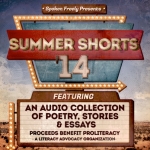 The SFFaudio Podcast #269 – The Moth by H.G. Wells; read by Peter Bishop. This is a complete and unabridged reading of the short story (24 minutes) followed by a discussion of it. Participants in the discussion include Jesse, Seth and Mr Jim Moon!
The SFFaudio Podcast #269 – The Moth by H.G. Wells; read by Peter Bishop. This is a complete and unabridged reading of the short story (24 minutes) followed by a discussion of it. Participants in the discussion include Jesse, Seth and Mr Jim Moon!
Peter Bishops narration of The Moth is a part of Spoken Freely: Summer Shorts ’14 audiobook by Tantor Media – all proceeds benefit ProLiteracy.
Talked about on today’s show:
Subtitle “Genus Novo” means “new species”, or, well, new genus; not to be confused with Edgar Allan Poe’s The Sphinx; not tongue-in-cheek like Wells’s The New Accelerator or The Flowering of a Strange Orchid; morality tale; insanity; a “knife fight” of scientists; significance of names, especially when only heard in audio; genre: ghost story, scientific fiction, satire; bears relevance to scientific debates through the ages; Robert Hooke vs. Isaac Newton; Lawrence Krauss on Geek’s Guide podcast; “miracle of incompetence”; science “all works out in the end”; microlepidoptera are little moths; confirmation bias; death’s head moth in Silence of the Lambs; caterpillars, moths, and transformation; Pawkins misheard as “Porkins”; chess and diatoms; follows trends of horrible characters in Wells stories; erratic, gadfly behavior of the moth; giant maddening mosquitos in Canada; “unfortunately the doctor was a blockhead”, detached sadism; the monster inside you à la Alien; multiple readings of the story; The Door in the Wall; strait jackets; moths aren’t Lovecraftian; Lovecraft’s The Rats in the Walls.
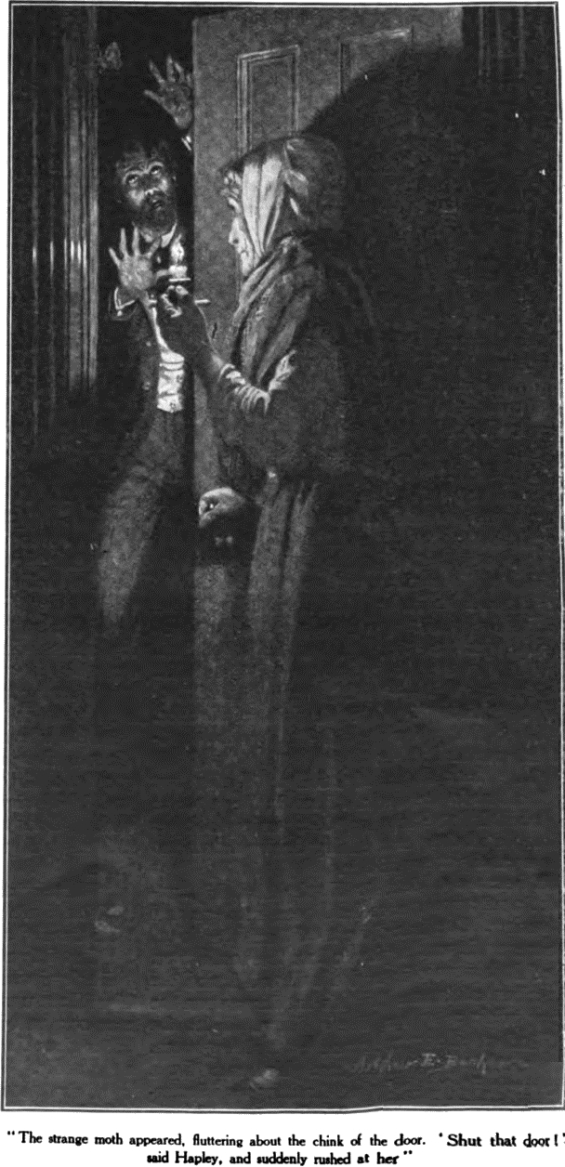
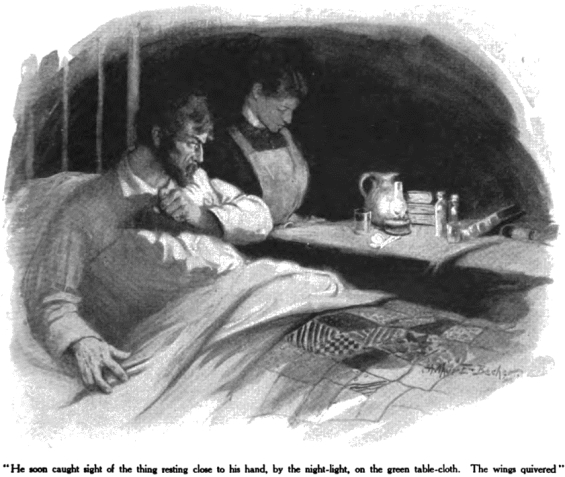
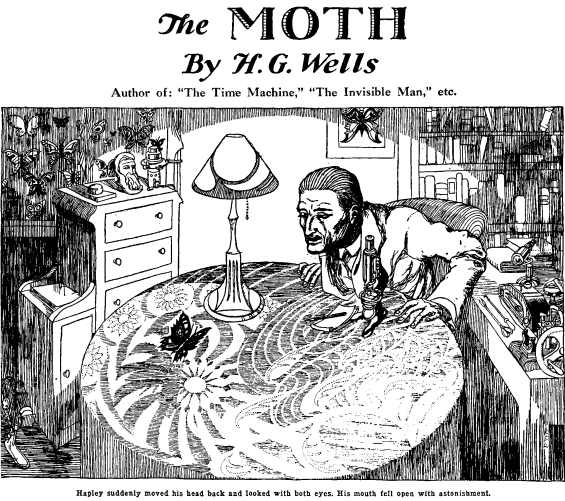
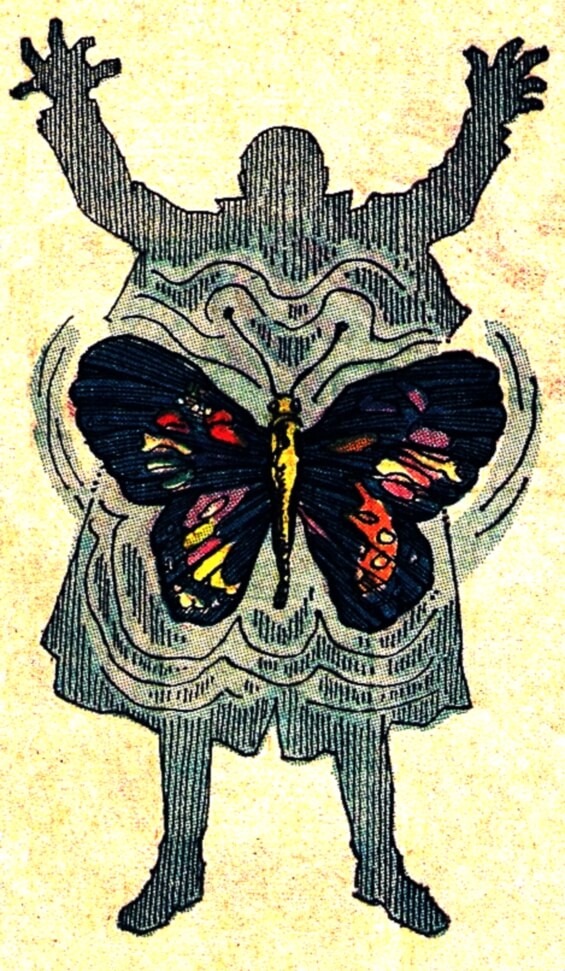
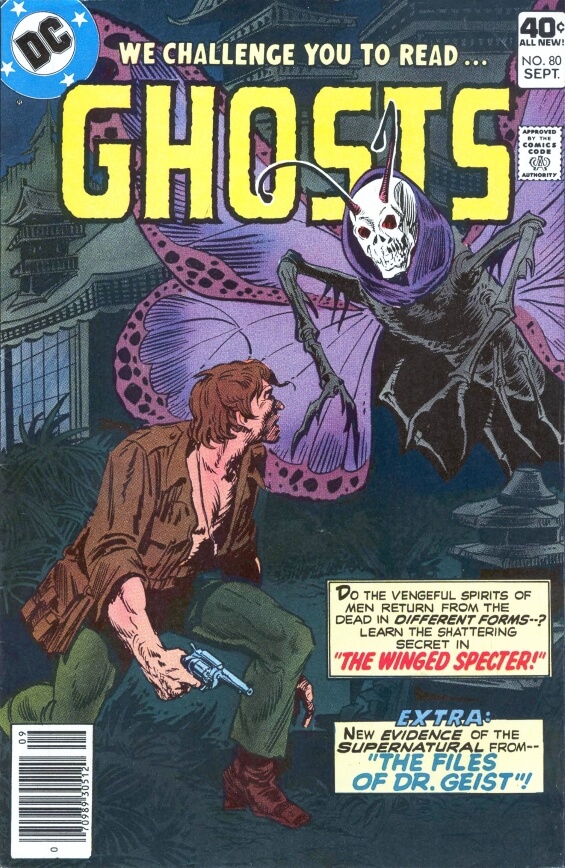
Posted by Jesse Willis

Julian May’s first published story, Dune Roller, became something of a popular tale – at least with editor Robert Silverberg who had it in two of his anthologies one which collected “masterpieces” and the other which collected “great” tales. Indeed, the novelette was quickly adapted as an episode of the Tales Of Tomorrow TV series. There was also an apparently “abominable” 1972 movie adaptation called The Cremators, and there was this 1961 BBC Home Service radio dramatization (available via torrent over on RadioArchive.cc).

 Dune Roller
Dune Roller
Adapted from the short story by Julian May; Performed by a full cast
MP3 via TORRENT – Approx. 59 Minutes [RADIO DRAMA]
Broadcaster: BBC Home Service
Broadcast: January 26, 1961
On isolated island in Lake Michigan a visiting ecologist discovers an unknown mineral that’s been linked to a local legend of a ravenous creature. First published in Astounding, December 1951.
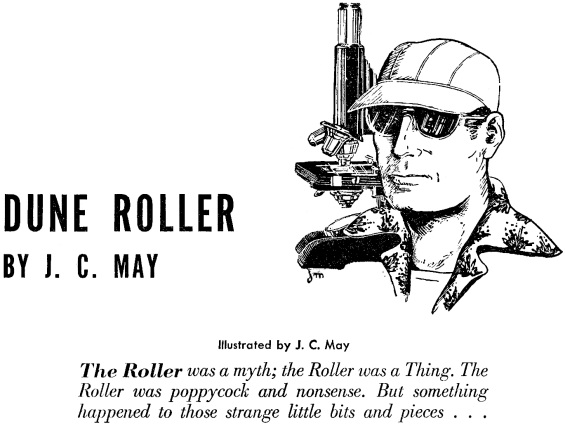
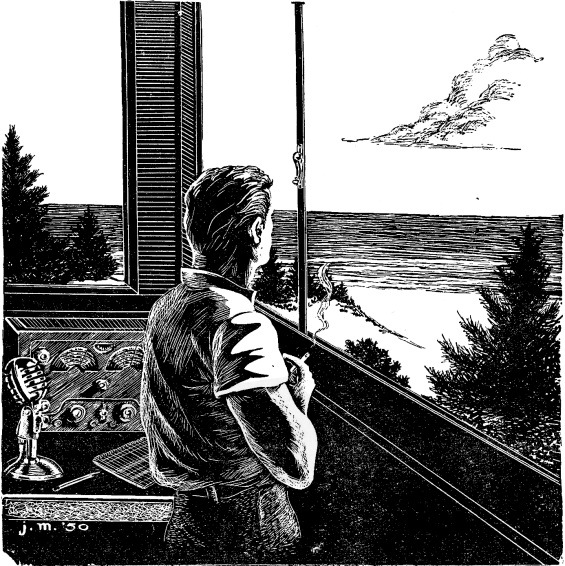
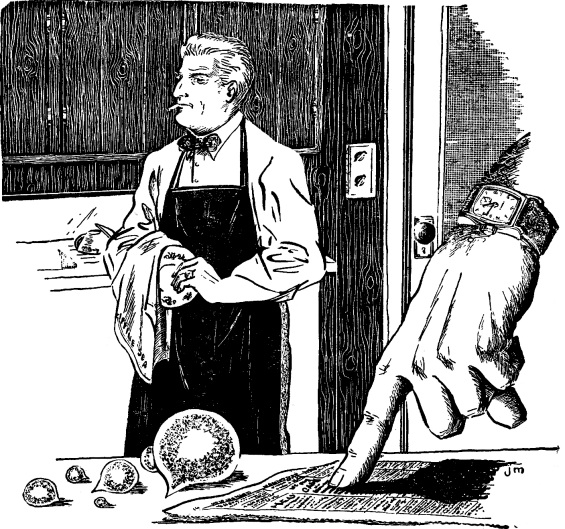
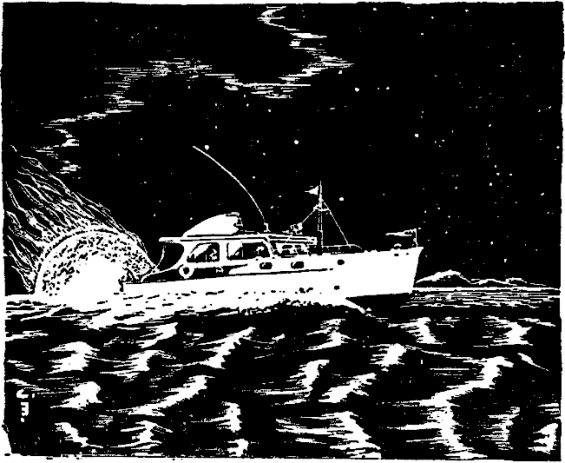
It was also, rather successfully adapted to television for Tales Of Tomorrow:
Download the |MP4|.
Trailer for The Cremators:
Posted by Jesse Willis

Superman Lives!
Written and directed by Dirk Maggs
Cast: William Hootkins, Lorelei King, Vincent Marzello, Garrick Hagon, Kerry Shale, Eric Myers, Denica Fairman, Liz Ross, Stuart Milligan, Bert Kwouk, Leon Herbert
Publisher: Time Warner AudioBooks
Released: 1994 BBC Enterprises Ltd/2005 Time Warner AudioBooks
ISBN: 1594830738
Synopsis: Daily Planet loves birds Clark Kent and Lois Lane finally get engaged. Lex Luthor dies in a plane crash, and Metropolis is thriving with prosperity and happiness under the infinite protection of Superman.
Or so it seems…
Follow the story of Lex Luthor’s true fate, and the fate of the new woman in his life…Supergirl. Listen to the heart-pounding fight to the death between Superman and a monster called Doomsday. Discover the truth about four new mysterious Superman.
And take a journey into the heart, minds, and unpredictable future of the Man of SteelTM everybody can count on…
…until one day, when he’s gone.
As with Star Wars, this is another of my “gold standard” shows against which other audio dramas are weighed. I mentioned it before in the standards post.
Helmed by the incomparable Dirk Maggs, Superman Lives! (known across The Pond as Superman: Doomsday and Beyond) features a stellar cast who give stunning life to some of the classic characters in the DC pantheon.
This is what Kingdom Come should’ve aspired to be.
From the opening funeral procession to the stirring fight to save Coast City at the end, we are treating to a veritible feast for the ears. Within just a few seconds of beginning, you know instantly that you’re in the hands of a master audio drama craftsman. When I first heard this back in the mid-90s, I was hooked right from the start.
I guarantee you will be, too.
The cast is simply fabulous and the acting is top-notch. As Clark Kent and Superman, Stuart Milligan initially evokes Christopher Reeve’s portrayal of the character (slightly bumbling Everyman Kent vs. commanding and authoritative Supes) through vocal quality then immediately makes it his own. Lorelei King gives Lois Lane a kind of quiet strength–part Margot Kidder from the original film, part Katherine Hepburn from The African Queen. William Hootkins as Lex Luthor is simply delicious in the role. I got an Alan Rickman-Robin Hood, Prince of Thieves vibe from his performance.
Superman’s titanic fight with Doomsday is the highlight of this production. In my view, at least. Music, sound design, and acting all come together in a breathtaking sequence that still, even after multiple listenings, make me wince, cringe, shudder, and leave me with a lump in my throat. I have to applaud Stuart and Lorelei for their performances in this section.
Bravo.
Overall, fantastic. Simply fantastic.
If you don’t own this yet, I highly suggest you get it now from Amazon or Audible.
Posted by Abner Senires